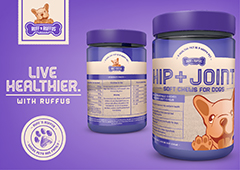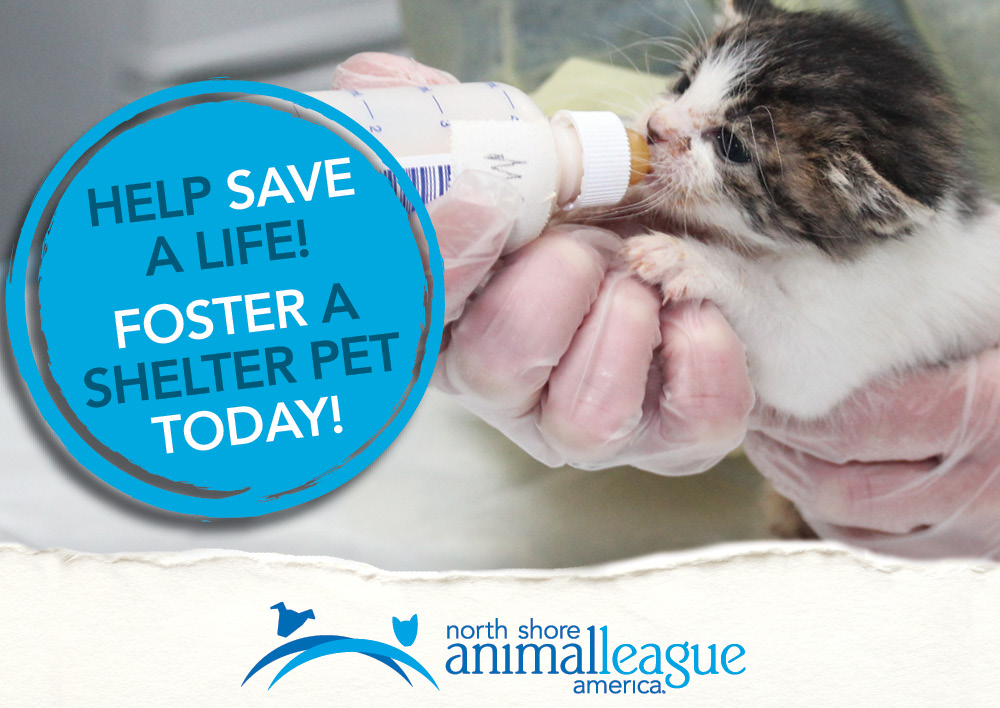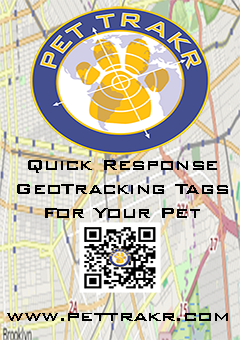SEEING CLEARLY
UNDERSTANDING EYE HEALTH AND YOUR PET
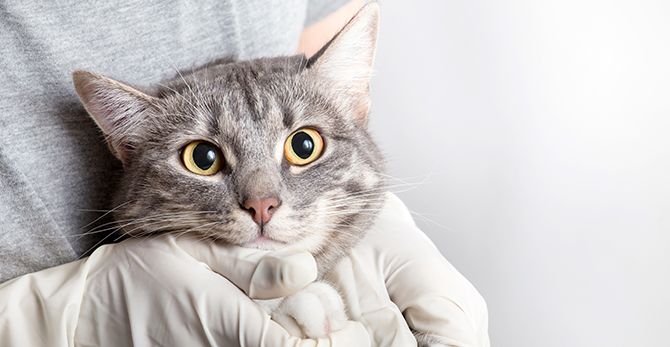
Dr. Judy Morgan DVM
Knowing the signs of eye disease is important for every pet owner, as many times vision may be lost in as little as a few hours. It’s important to be aware of what the “normal” eye looks like for your pet. Take time to gaze into your pet’s eyes at least once or twice a day to spot early warning signs of trouble. To learn how to recognize potential problems with your pet’s eyes, PET LIFESTYLES asked renowned holistic vet, Dr. Judy Morgan, an owner of the Clayton and Churchtown Veterinary Associates in Salem County, New Jersey (claytonvetnj.com), and also the author of From Needles to Natural: Learning Holistic Pet Healing and the best-seller, Yin & Yang Nutrition for Dogs to identify what to look for as well as what treatment options might be. Learn more about her natural approach to pet health integrating both Western and Eastern therapies at drjudymorgan.com.
REDNESS in the white part of the eye (sclera) signals inflammation. This may be caused by external irritation from pollen, dust, smoke, or scented sprays and candles. Other causes of increased redness include increased pressure within the eye (glaucoma or a mass within the eye), ulceration or a scratch on the cornea, or inflammation elsewhere in the body.
The eyes are the window of the liver from a Traditional Chinese Medicine point of view (no pun intended). When there is trouble within the liver, redness may be seen in the eyes. Unless there is a clear indication of a primary ocular (eye) problem, I recommend running tests of liver function to make sure there is not a bigger problem going on. Many times, red eyes are the first indicator of a bigger problem such as lymphoma or other generalized cancer. If you recognize any of these symptoms, head to your vet immediately.
 Dr. Judy Morgan DVM of Clayton and Churchtown Vets in New Jersey takes a natural approach to pet health integrating both Eastern and Western therapies. A respected author as well, she believes in the power of nutrition to maximize your pet’s health.
Dr. Judy Morgan DVM of Clayton and Churchtown Vets in New Jersey takes a natural approach to pet health integrating both Eastern and Western therapies. A respected author as well, she believes in the power of nutrition to maximize your pet’s health.ULCERATION or scratches on the cornea, are extremely painful. They may occur from external trauma or from self-trauma from scratching or rubbing the head, seen commonly in animals with itching due to allergies. Symptoms may include a grayish haze on part of the cornea, increased tear production, squinting, sensitivity to light, and redness. The cornea is only seven cell layers thick; corneal rupture can occur if not treated immediately. Treatment will generally include topical antibiotics, possibly medications for pain, and a collar to prevent rubbing the eye and causing more trauma.
GLAUCOMA is a medical emergency. The eye will be red, painful, cloudy, and possibly bulging. If not treated to reduce the pressure within twelve to twenty-four hours, permanent blindness is likely to occur. Brachycephalic (flat-faced breeds like Pugs, Pekingese, and Bulldogs) and Spaniel breeds tend to be more prone to glaucoma, but the condition can be seen in any breed at any age.
PANNUS is a condition in which there is a black pigment film that covers the cornea. This is generally due to chronic irritation of the cornea, as commonly seen with “dry eye” when there is not enough tear production. Dry eye is more common in small breeds and in dogs fed dry kibble diets. There may be some breed predisposition as well. Increased moisture in the diet will help. Pets with this condition will benefit greatly from the use of artificial tears; check with your vet about options here as they may prefer to prescribe an anti-inflammatory drug.
CATARACTS may be seen in any age pet but are most commonly seen in older animals. Juvenile cataracts can occur. There is no magic cure for cataracts, although supporting the liver with products such as milk thistle and Sam-e may be of some benefit. Cataracts are very common in diabetic pets so in this case, it is important to regulate blood sugar to decrease cataract formation. However they may also result from other conditions not immediately or properly attended to, i.e. an injury to te eye.
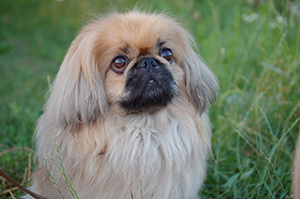 The large, luminous eyes of flat-faced breeds like the Pekingese pictured here as well as Pugs and Bulldogs are prone to eye issues like Glaucoma. Watch for symptoms and see your vet immediately.
The large, luminous eyes of flat-faced breeds like the Pekingese pictured here as well as Pugs and Bulldogs are prone to eye issues like Glaucoma. Watch for symptoms and see your vet immediately.CHERRY EYE is a condition in which the tear gland of the third eyelid in the inner corner of the eye is visible as a red, inflamed lump. The gland produces about twenty percent of the tear film and should be surgically replaced down behind the eyelid whenever possible. At times the gland will not stay in place, even after surgical repair, and will have to be removed. Cherry eye should be repaired; if left exposed, the gland will become dry, irritated, and painful. Pets will rub the eye, increasing their risk for corneal ulceration.
ENTROPIAN is a curling in of the upper or lower eyelids, allowing the eyelashes to rub the eye, which is prone to corneal ulceration due to chronic trauma from the hair rubbing the cornea. Surgical correction is the preferred method of treatment. Shar Pei and Chow dogs are known for this condition, but it can be seen in any breed.
SARDS or Sudden Acquired Retinal Degeneration in dogs is an inflammatory condition that results in sudden blindness. This may be an auto-immune condition; dogs will generally have increased thirst and urination, indicating an inflammatory process in the body. Many times, these dogs will also have increased liver enzymes, showing the connection between the liver and eye health. No effective treatments have halted the progression of this disease, but steroids and other immunosuppressants are generally prescribed. Pugs, Dachshunds, and miniature Schnauzers are over-represented. In my practice treat this condition with TCVM (Traditional Chinese Veterinary Medicine) food therapy, using diets that will cool the body, decrease inflammation, and drain the liver.










